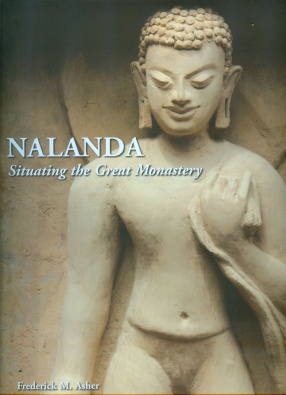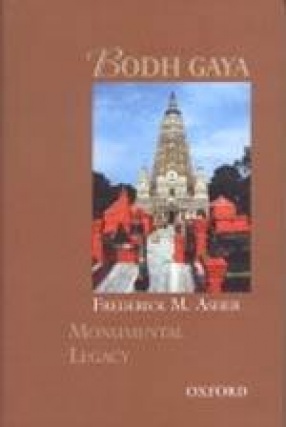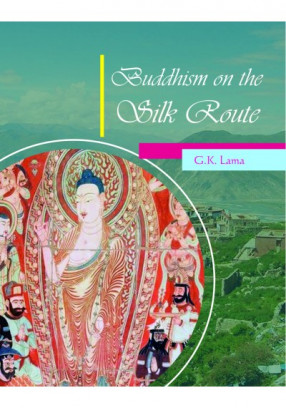Nalanda: Situating the Great Monastery
From its inception, circa the 5th century ce, mahavihara or great monastery of Nalanda attracted monks from China, Korea and Tibet perhaps other distant places. Their written accounts, along with the records from the site provide considerable data, critically studied and contextualized in this volume.
This book sees the ancient mahavihara as a dynamic and ever-evolving complex rather than an institution that was static during the millennium it was active as a Buddhist monastery. The site was much larger than the present excavated area, a notion also suggested recently by remote sensing. The volume raises questions that help visualize a living, vital Nalanda that was part of a dynamic group of monasteries in close proximity in the Magadha region.
Today, 100 years after the first ASI explorations at the site, Nalanda survives both in the form of excavated ruins and in new instiutions that build on the great monaster'y name and fame - some seeking to revive a from of ancient Nalanda but others establishing entirely new identities as centres of study bringing critical enquiry to ways of examining the larger world around us.
Get it now and save 10%
BECOME A MEMBER









Bibliographic information